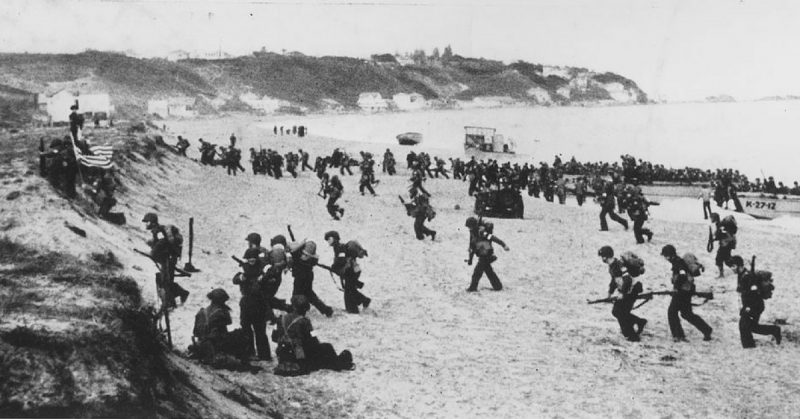After the fall of France during WWII, a puppet regime was established, with its administrative center in the town of Vichy, declaring itself The Vichy Government of France. The French colonial army was not allied with the Axis but they were opposed to any attempt by the Allies to seize any part of the French Empire. The Allies needed to use French territory in North Africa to secure it against the Axis powers and also to help them defeat the Afrika Korps.
The Allied campaign in French North Africa was set to start by launching the large-scale Operation Torch, on November 8, 1942. One of the operations that took part in the Allied invasion was Operation Reservist – the direct attack on the port of Algerian port of Oran, under Vichy French control.
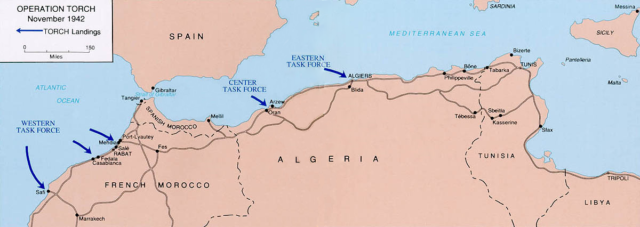
It was to be the final act of a far more complex combined naval and landing operation on the Mediterranean coast of Algeria. The goal was to neutralise the coastal defence and encircle the city of Oran, thus cutting it off from the reinforcement troops from other inland outposts. The Oran division was 10,025 strong, but the troops were dispersed around the area. Besides securing the port, the goal was capturing some 31 French warships (most of them not functional) stationed in the harbor.
The city itself was defended by 7.6 and 9.4 inch heavy coastal cannons and garrisoned with 4,000 Naval crewman, including the anti-aircraft crews.
On the Eve of November 8, the conditions for commencing Operation Reservist were met with the three beaches in Arzew, Mersa Bou Zedjar and Les Andalouses, east and west of the city secured. They were set to land from the HMS Walney, which, together with the HMS Hartland was there to provide artillery support.
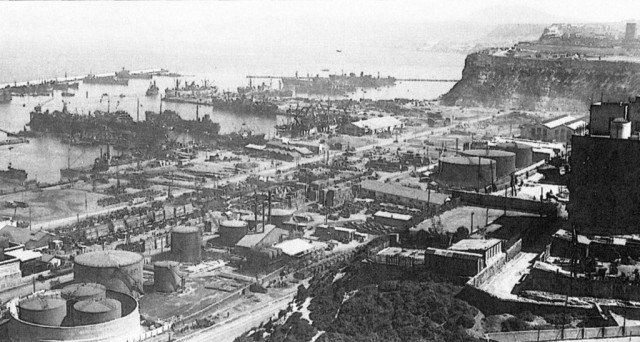
The Allies were completely certain that the element of surprise would give them the advantage they needed to swiftly take over the city with little or no resistance. They also counted on the surrender of the French since the Allies with the help of General Charles De Gaulle of the French Free Army were in a process of assimilating the Vichy forces into their own ranks through propaganda and persuasion.
The Command Task Force launched a landing party consisting of 393 men enlisted in the 3rd Battalion, 6th Armored Infantry Regiment, who joined up with an anti-sabotage special unit who were to disembark via canoes. The operation was led by Captain Frederic T. Peters, who was a retired Britsh naval officer. He volunteered for this mission and was stationed aboard the on the HMS Walney.
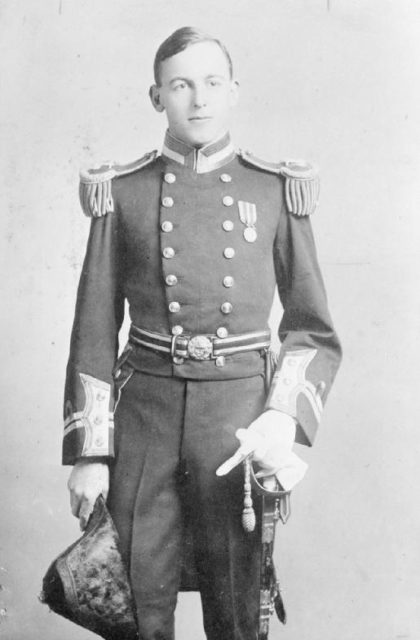
The operation couldn’t have started at a worse time – on November 8, at 2.45am, just after the French sounded the general alarm and were eager to face their opponents. The task force was given orders to shoot only if necessary, for they still counted on the surrender of the defenders.
But the French did the opposite of what was expected. They fired shells in the direction of HMS Walney, damaging it severely while the ship was trying to charge the eastern end of the harbor. It passed through the coastal gun line which shifted its attention on the HMS Hartland, following behind. Reaching the port, Walney encountered a French destroyer.
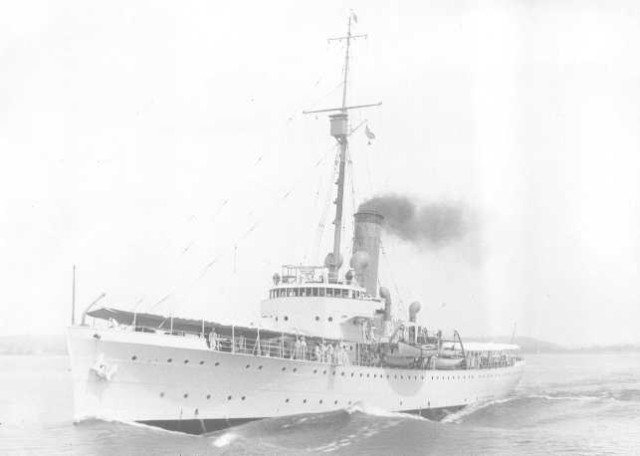
Walney tried to ram the destroyer, only scraping it and the French fired their guns at the Allied ships deck, filled with Soldiers waiting to disembark, causing many casualties. After this encounter, the HMS Walney tried to maneuver westwards but was faced with heavy fire from ashore. Fires blazed up. Ammunition became ignited.
The ship’s guns were out of action. All but one of the officers on the bridge had been killed. The courageous troops and their commander, Colonel Marshall, kept up small arms fire, some until they fell and others until they eventually received orders, shouted from man to man, to abandon ship. Ultimately HMS Walney was abandoned and left semi-submerged on the west end of the port.
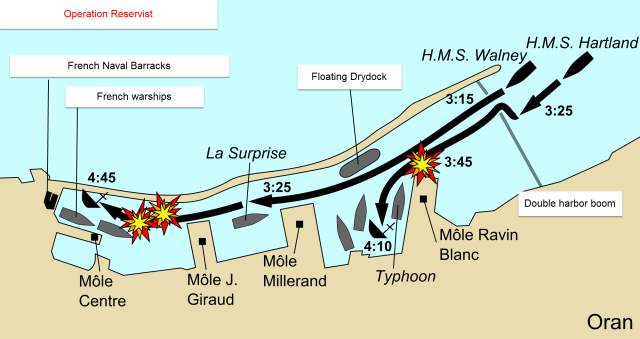
HMS Hartland continued the attack, desperately trying to land a small force. Most of her gun crews and many of the troops crouching below decks were wounded or killed during this approach. Commander Billot on board the HMS Hartland was temporarily blinded by a shell splinter. The ship failed to find the entrance and struck the jetty south of it. The wounded commander had the vessel backed off and again sent forward despite the blows already sustained and the certain prospect of more ahead.
As she swung around the end of the point near its base, her course took her past the French destroyer Typhon anchored at one of the docks. Pointblank fire tore through the thin unarmored hull, exploded inside, set the ship blazing at several points, and put her wholly out of control.
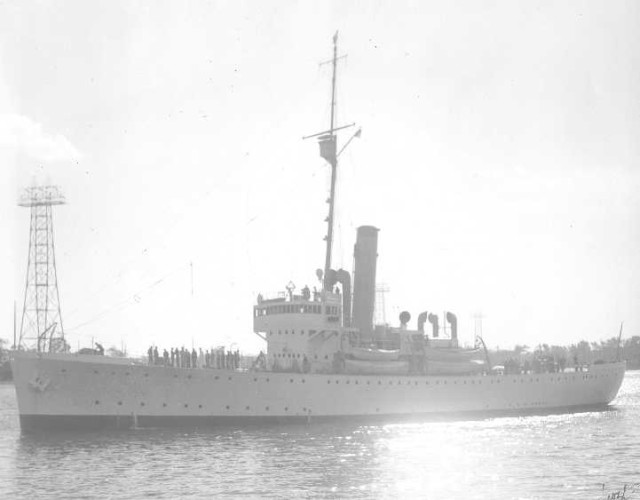
As she drifted, in danger of exploding, Commander Billot ordered that she be abandoned. One hour after the Hartland had come under fire outside the harbor, all survivors left the doomed and blazing vessel in two motor launches which then withdrew seaward.
The Vichy France soldiers had completely defeated the Allies who misjudged their morale and combat abilities. Of the 17 officers and 376 enlisted men of trusted with the task of taking port Oran, nine officers and 180 enlisted men were killed or presumed dead while five officers and 152 enlisted men were wounded.
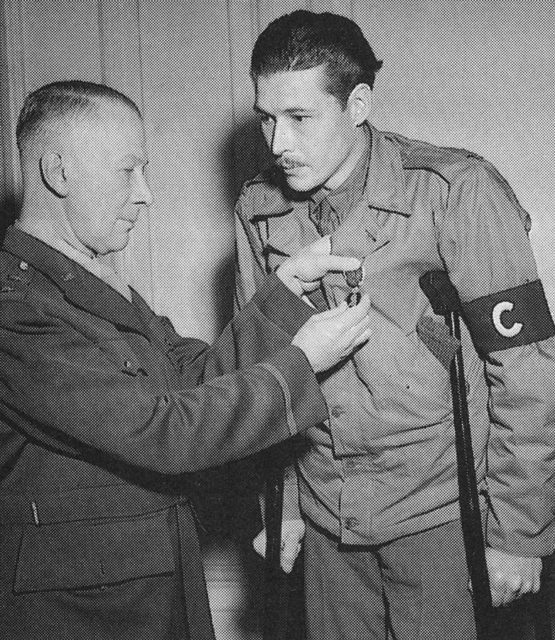
Only three officers and 44 enlisted men landed unhurt. U.S. Navy casualties were five killed and seven wounded; Royal Navy losses numbered 113 killed and 86 wounded. All survivors were held first as civil and then as military prisoners. The battle for Oran proceeded as a siege since the other landings on the beaches nearby met with little resistance.
After two days the French surrendered the city but managed to destroy the harbor facilities and disable the ships at the docks. The capture of Oran opened a bloody chapter in the North African theatre of war.
